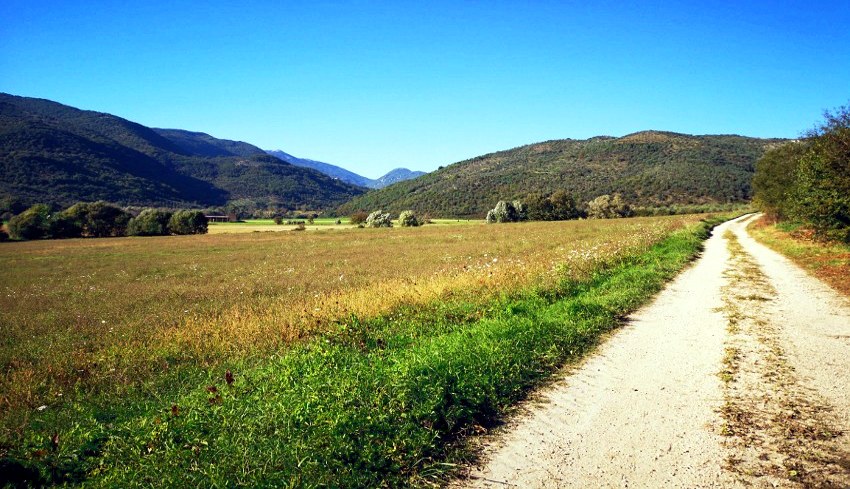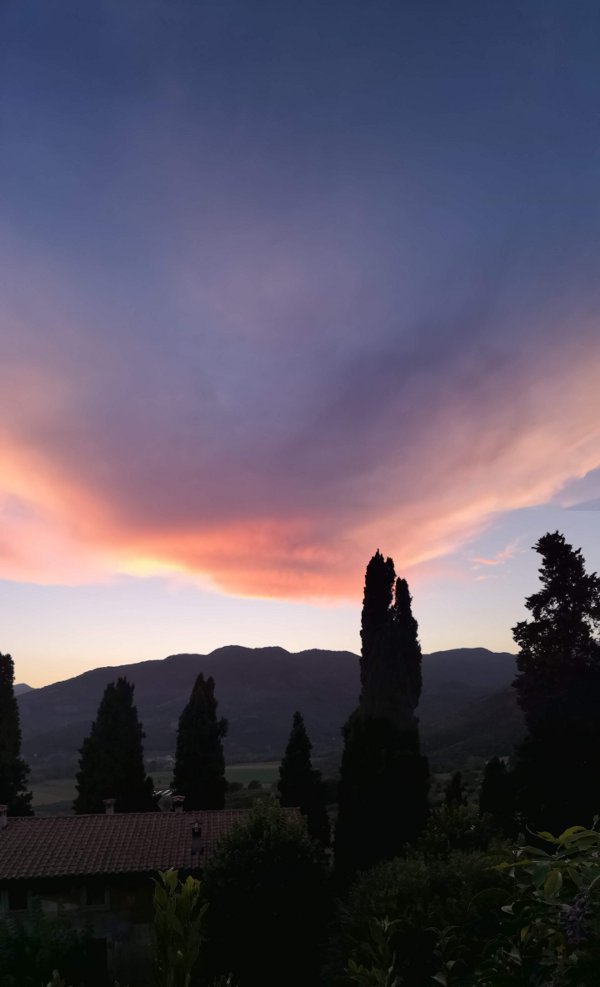St. Benedict's trail - 2
Following the Castle
The mystic road to Faith


Mandela and Subiaco are on the itinerary of the life of Saint Benedict, which begins at Norcia, his birthplace, and ends at Montecassino, where Saint Benedict set the Rule for Monasticism in the Christian faith.

Montecassino Abbey is famous for the massive library of ancient manuscripts and documents and works of art collected during the centuries, which were saved before the heavy bombing destroyed the Abbey completely in 1944. During World War II, the German Commander in Chief Kesserling proposed not to occupy the ancient Monastery despite its potential excellence as an observation post, informing the Vatican and the allies. Two officers, Captain Maximilian Becker and Lieutenant Colonel Julius Schlegel, nevertheless fearing an attack to the Abbey by the Americans, organized the removal of Monte Cassino’s treasures to the Vatican and Castel Sant’Angelo.
The Abbey was bombed and completely destroyed by the American army in the Battle of Monte Cassino (Schlacht um Montecassino in German).
But the books had been taken away just in time and one of the most precious libraries of the ancient world had been saved. The Americans eventually paid for the reconstruction of the Abbey, and after this the books were taken back.
The Castle of Mandela too was occupied by the higher ranks of the German army during World War II, because it was a good observation post, as it had always been since pre-Roman times. Since the present owner’s grandmother spoke German, she was allowed to remain at home and to manage the house during the occupation, earning respect by the occupants, who left the place intact with some of their paraphernalia.